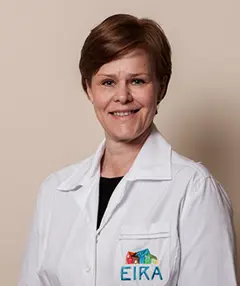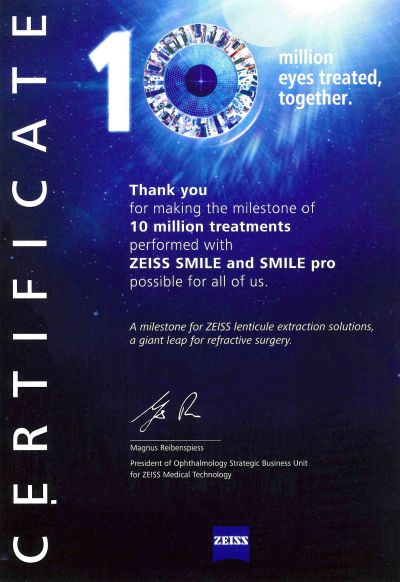
Dermatology
It is a good idea to visit the dermatologist if
- A mole appears and is growing quickly
- A mole’s size, colour or appearance is changing, for example from brown to black, blueish or reddish, or if it begins bleeding
- A mole itches, is tender or feels like it stings
- The skin around a mole becomes red
The dermatologist examines the skin carefully and removes skin changes that appear suspicious under local anaesthetic. When necessary, a biopsy of a mole or area of skin is taken and sent to pathology for examination. The response is available within 10–14 days.
Have your moles examined by the dermatologist
If you notice any skin changes or a mole that has changed size, shape or begin itching or bleeding, don’t hesitate to make an appointment at the clinic!
Melanoma, malignant skin cancer
The risk of developing melanoma, i.e. a malignant skin cancer, rises among those who have repeatedly been sunburnt, especially when this happens prior to puberty. Melanoma is the type of cancer that has increased most in the past 20–30 years. The risk of melanoma is higher among those with light skin pigmentation and red hair. Melanoma usually develops on previously healthy skin. It is a good idea to always protect yourself when you are in the sun.
It is also a good idea to check your own skin and monitor any skin changes. Melanoma most frequently occurs on the torso among men and the arms and legs are also common sites among women. It is normal for new and often numerous benign moles to appear on ageing skin. The skin is studied carefully at the dermatology clinic and skin changes that are suspicious are removed under local anaesthetic. When necessary, a biopsy of a mole or area of skin is taken and sent to pathology for examination. The response is available within 10–14 days.
The most important form of care for melanoma is surgery. If the melanoma is more than 1 mm thick or otherwise aggressive, it is removed surgically and an examination is conducted within the specialist healthcare service that involves examinating the spread of the disease within the patient’s body.
Cases of basal cell carcinoma (basal cell cancer) and squamous cell cancer are increasing constantly. This is the result of the total quantity of solar radiation that people receive over the course of their lives and they most often develop among the elderly in areas that are easily exposed to the sun, e.g. the face, chest, back and back of the hand.
Skin cancer is treated both surgically and non-surgically at Eira Hospital. The preliminary stage of certain forms of skin cancer and superficial basal cell carcinomas can be treated cryogenically with liquid nitrogen.
Specialists
Price list
Appointment
- Hjerppe Anna, MD, specialist in skin diseases and allergology
- Koskenmies Sari, Specialist in dermatology
- Raitio Hanna, Specialist in dermatology
- Ranta Noora, Resident in Dermatology
Removal of skin changes
A clinic fee of 29,70 € will be added to the appointment price. A Kanta fee of 3,30 € is charged for all appointments where information is saved to My Kanta. Specialist-specific prices can be found on each specialist’s profile page.








